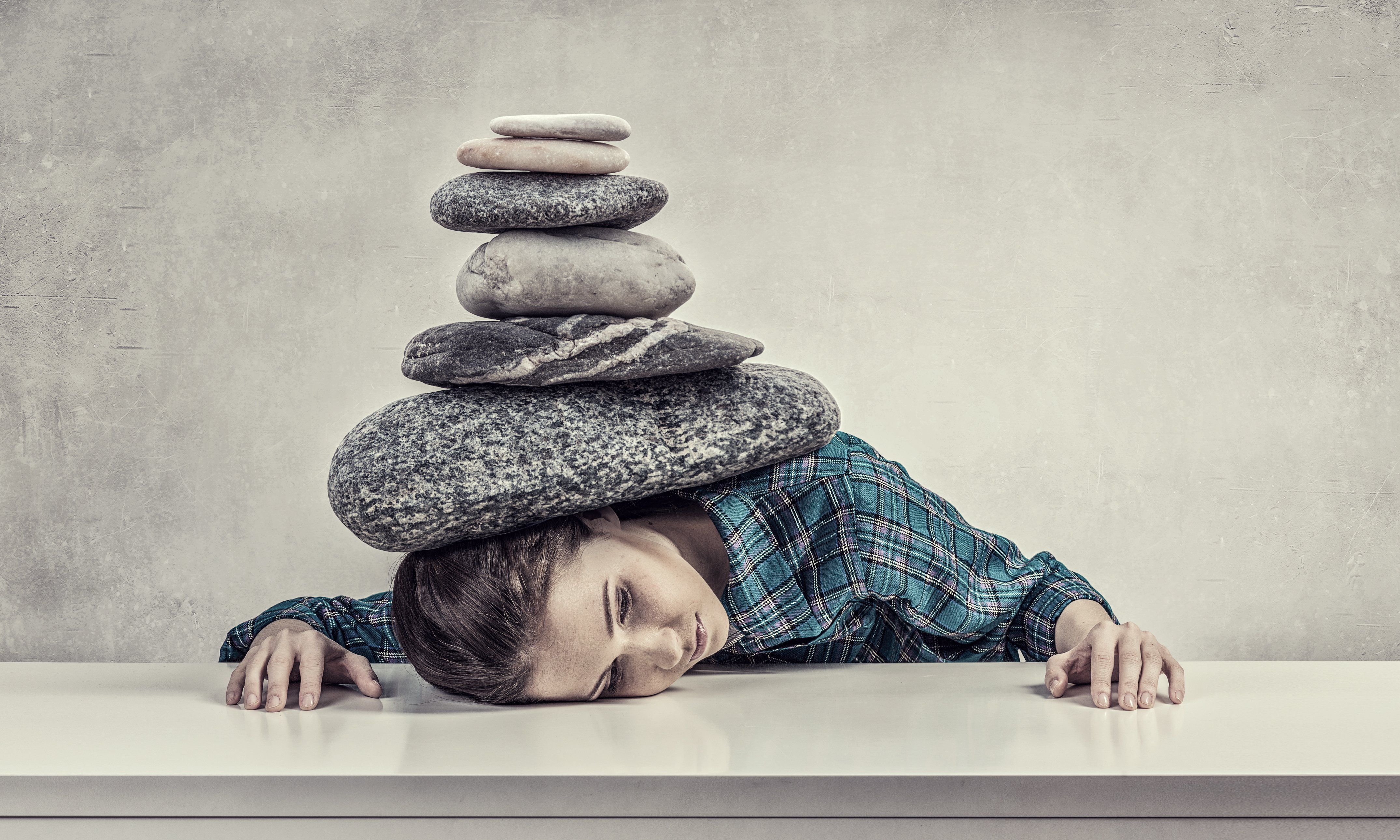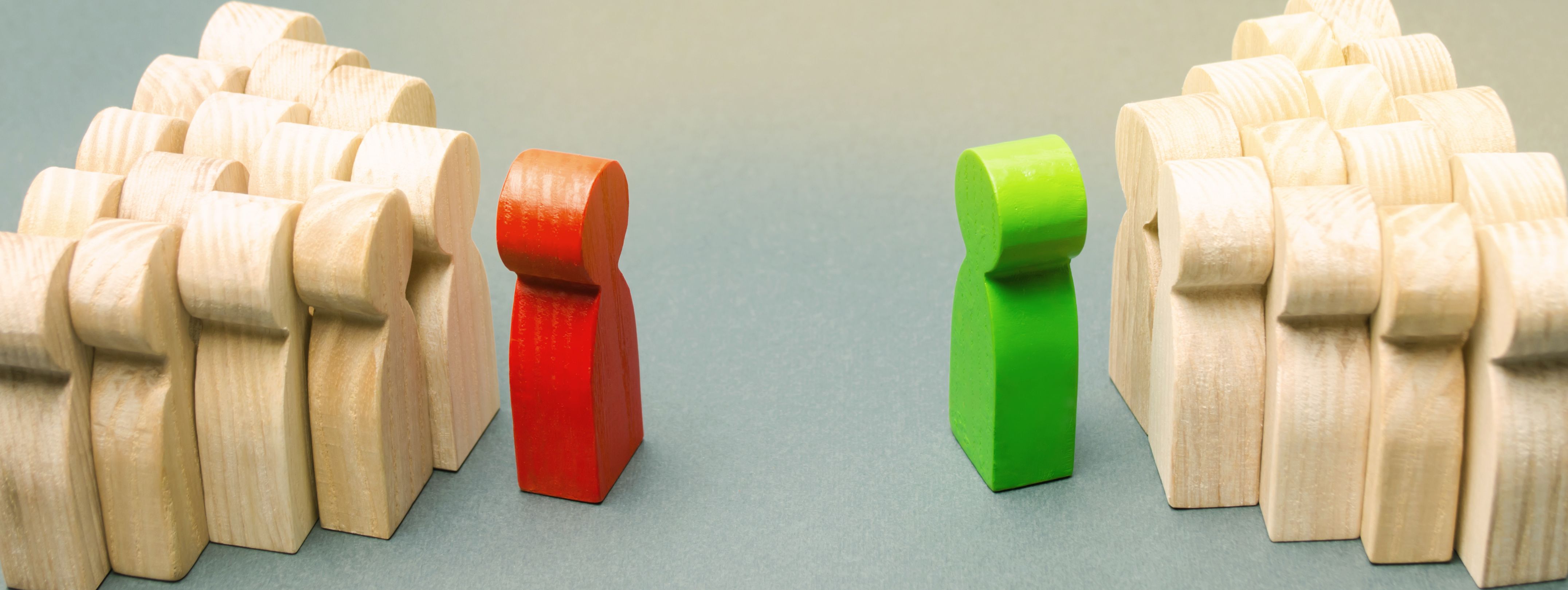Article
Two Ways to Treat Fatigue in Bipolar and Depression
Author(s):
Ask a patient with depression how long it takes for them to feel fully awake in the morning and you are liable to get some revealing answers.
©SergeyNivens/AdobeStock

RESEARCH UPDATE
Ask a patient with depression how long it takes for them to feel fully awake in the morning and you are liable to get some revealing answers. Fatigue is common in depression, and one of the causes of that fatigue is sleep inertia. Sleep inertia is a transitional state between sleep and wakefulness. Sometimes called sleep drunkenness, it is characterized by grogginess, poor mental performance, physical slowing, and dyscoordination. Severe cases can present with disorientation and confusion.1
Most people experience sleep inertia when they awake from deep sleep, but it usually lasts a few minutes. In depression it can drag on for 4 hours. That means a quarter of the day is spent in an impaired state. Sleep inertia perpetuates depression by causing patients to stay in bed too long, disrupting circadian rhythms and furthering inactivity.
Sleep inertia is particularly common in bipolar disorder, where it is reported by 42% of patients.2 Two behavioral interventions can improve this symptom and, in doing so, may improve depression as well.
The first is brisk awakening. In essence, this technique asks patients to do the opposite of what their brain is telling them to do in the early morning hours. They should rise out of bed quickly and engage in energizing activity in the first hour of the day. Physical activity is best. Sunlight, outdoor movement, social conversation, upbeat music, and a cold shower are also helpful.3 In a small controlled trial, these steps cut the duration of sleep inertia in half.4
A less strenuous approach is the dawn simulator. This device creates a virtual sunrise in the bedroom by gradually turning on a light over 30 to 60 minutes. That steady rise in light lifts the brain from deep sleep to light sleep to full awakening. This addresses one of the causes of sleep inertia, which is waking rapidly from deep sleep. Deep sleep is prevalent in the early morning hours, so it’s more likely than not that an alarm clock will jolt us from that deep slumber, with sleep inertia the result. Like brisk awakening, dawn simulators significantly improve the symptoms of sleep inertia.3
Besides treating sleep inertia, both of these methods have antidepressant effects as well. Allison Harvey’s group at UC-Berkley has developed a version of CBT-insomnia for bipolar disorder called CBT-ib. One of the main modifications was the addition of brisk awakening to the morning routine. Compared with psychoeducation, CBT-ib improved sleep and mood. After 6 months, those who underwent this behavior therapy saw an 8-fold reduction in days spent in a mood episode.5
Dawn simulators have evidence in winter depression, where small controlled trials have found that they worked better than a placebo but not quite as good as a lightbox.6-8
Getting out of bed in the morning is one of the most important steps in treating depression. It is integral to several psychotherapies: social rhythm therapy, CBT-insomnia, and behavioral activation. For bipolar disorder, those therapies emphasize getting out of bed at the same time-give or take 15 minutes-to stabilize circadian rhythms. Brisk awakening and dawn simulation help patients overcome some of the inertia that keeps patients from starting their day on the right foot.
Dr Aiken is Instructor in Clinical Psychiatry at the Wake Forest University School of Medicine and the Director of the Mood Treatment Center in Winston-Salem, NC. He is Editor in Chief of The Carlat Psychiatry Reportand Bipolar Disorder Section Co-Editor for Psychiatric Times.
Disclosures:
Dr Aiken does not accept honoraria from pharmaceutical companies but receives royalties from W.W. Norton & Co. for a book he co-authored with James Phelps, MD, Bipolar, Not So Much.
References:
1. Trotti LM. Waking up is the hardest thing I do all day: Sleep inertia and sleep drunkenness.Sleep Med Rev. 2017;35:76-84.
2. Ohayon MM, Mahowald MW, Leger D. Are confusional arousals pathological?Neurology. 2014;83:834-841.
3. Hilditch CJ, Dorrian J, Banks S. Time to wake up: reactive countermeasures to sleep inertia.Ind Health. 2016;54(6):528-541.
4. Kaplan KA, Talavera DC, Harvey AG. Rise and shine: A treatment experiment testing a morning routine to decrease subjective sleep inertia in insomnia and bipolar disorder.Behav Res Ther. 2018;111:106-112.
5. Harvey AG, Soehner AM, Kaplan KA, et al. Treating insomnia improves mood state, sleep, and functioning in bipolar disorder: a pilot randomized controlled trial.J Consult Clin Psychol. 2015;83(3):564-577.
6. Terman M, Terman JS. Controlled trial of naturalistic dawn simulation and negative air ionization for seasonal affective disorder.Am J Psychiatry. 2006;163(12):2126-2133.
7. Avery DH, Bolte MA, Dager SR, et al. Dawn simulation treatment of winter depression: a controlled study.Am J Psychiatry, 1993;150(1):113-117.
8. Danilenko KV, Ivanova IA. Dawn simulation vs. bright light in seasonal affective disorder: Treatment effects and subjective preference.J Affect Disord, 2015;180:87-89.






